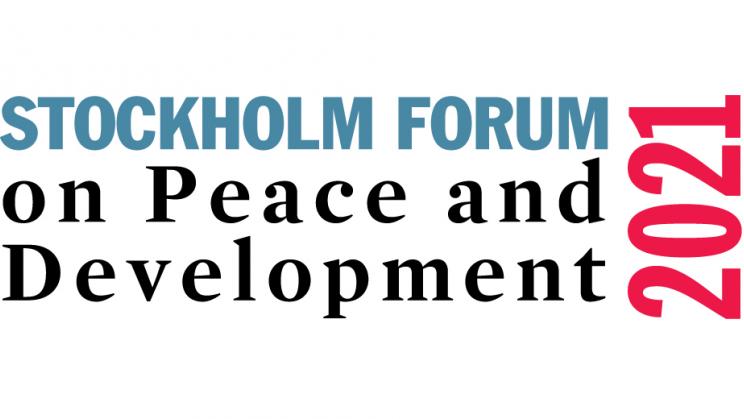How to reverse the spread of violent extremism: what needs to change and what works in collective action against violent extremism?
The Stockholm Forum on Peace and Development was recently held with Morten Bøås, principal investigator in the PREVEX-project, participating in an expert roundtable organised by the Finnish Institute of International Affairs (FIIA) and the European Union Institute for Security Studies (EUISS).
The roundtable brought together scholars, practitioners and policymakers specialised in preventing and countering violent extremism and building peace. And focused on finding new tools to prevent violent extremism as it continues to spread beyond traditional hotspots. It brought up lessons learned across regions and sectors and discussed how to foster targeted collective action amid new challenges.
MAIN TAKEAWAYS
The discussion focused on new trends and common features of violent extremism across the world (particularly sub-Saharan Africa, MENA, Southeast Asia) and identified lessons from policy failures after years of countering and preventing violent extremism efforts (C/PVE). While context-specific drivers help explain the expansion of violent extremism, many countries and regions share common challenges creating enabling environments for violent extremism. Specifically, local governance weaknesses and dysfunctionalities, local conflicts and grievances, intercommunal violence, insecurity, and livelihood challenges were identified to facilitate the emergence and embedding of violent extremist groups in a locality.
In addition, crumbling social contracts, associated with a breakdown of trust between the society and the state, often enable extremist groups to consolidate their presence in the local context. Disinformation flows, which are fuelled by digitalisation and social media, channel violence-inducing communication and can contribute to the breakdown of trust between state and society, which in turn feeds violent extremism.
Considering all this, it appears that existing PVE and CVE efforts often do not match with the underlying drivers of the problem. In particular, P/CVE initiatives are still too securitised and rely too much on militaristic means to beat extremist groups. They tend to also target and even stigmatise certain communities, and focus overwhelmingly on extremism associated with radical Islamic fundamentalism (disregarding other types of extremism), rather than tackle the root causes of grievances mobilising radicalisation.
What should be the way forward? It was emphasized that P/CVE programs, policies and efforts could be reinforced by consistently adopting the following:
- A whole-of-society approach. A holistic and sustainable approach based on the inclusion of the civil society, the public, and private sectors, is needed to curb violent extremism. Traditionally excluded or side-lined voices, such as that of youth and women, need to be genuinely heard and empowered.
- A stronger focus on livelihoods and development, which will help to address the root causes of conflict mobilisation at the local level. While security is a part of the solution to the expansion of violent extremism, it is vital that priorities of international, regional and local countering violent extremism efforts shift from security towards economic development and good governance.
- A clearer focus on reconciliation and strengthening the social contract, which could contribute to avoid the stigmatisation of certain groups and build societal resilience. Investing in mediation and reconciliation between conflict parties is necessary to restore the social contract and trust, and thus target some of the root causes of violent extremism.
- New tools and partnerships to contain online radicalisation. Increased cooperation and information sharing between governments, civil societies and the private sector are needed to break the link between digital platforms and xtremism.





